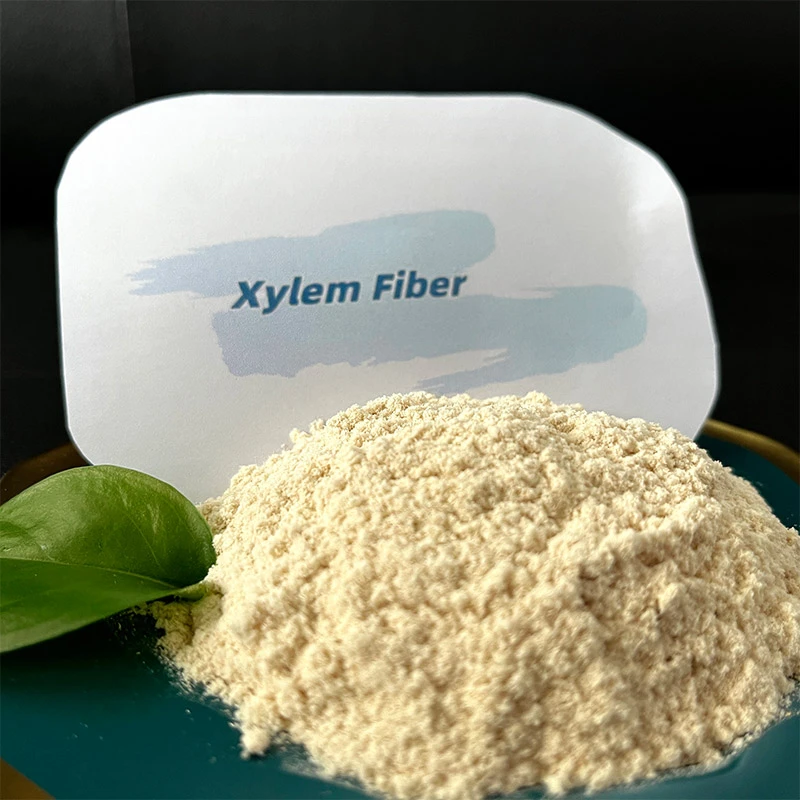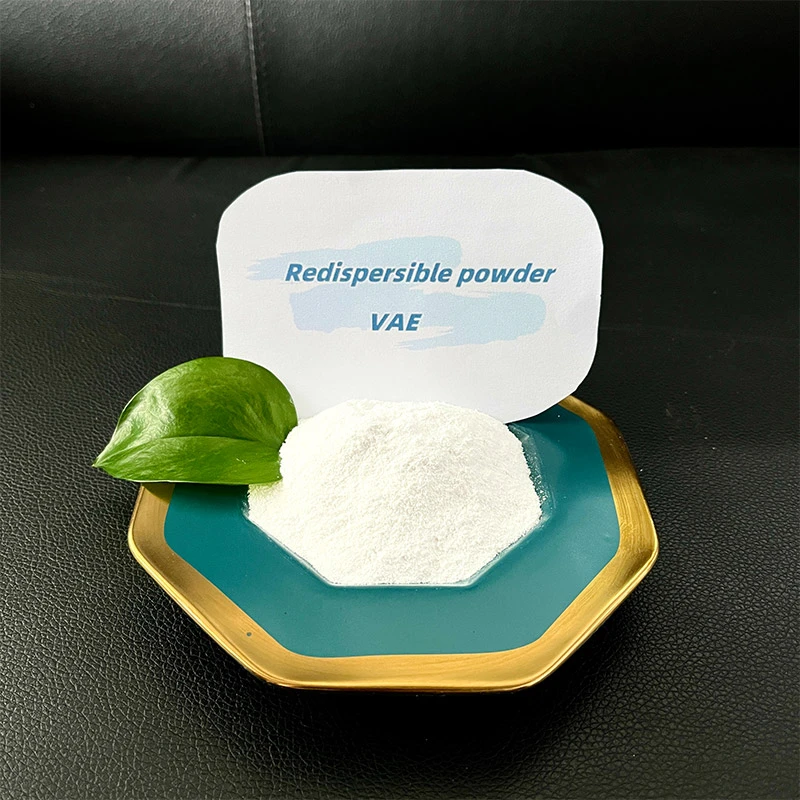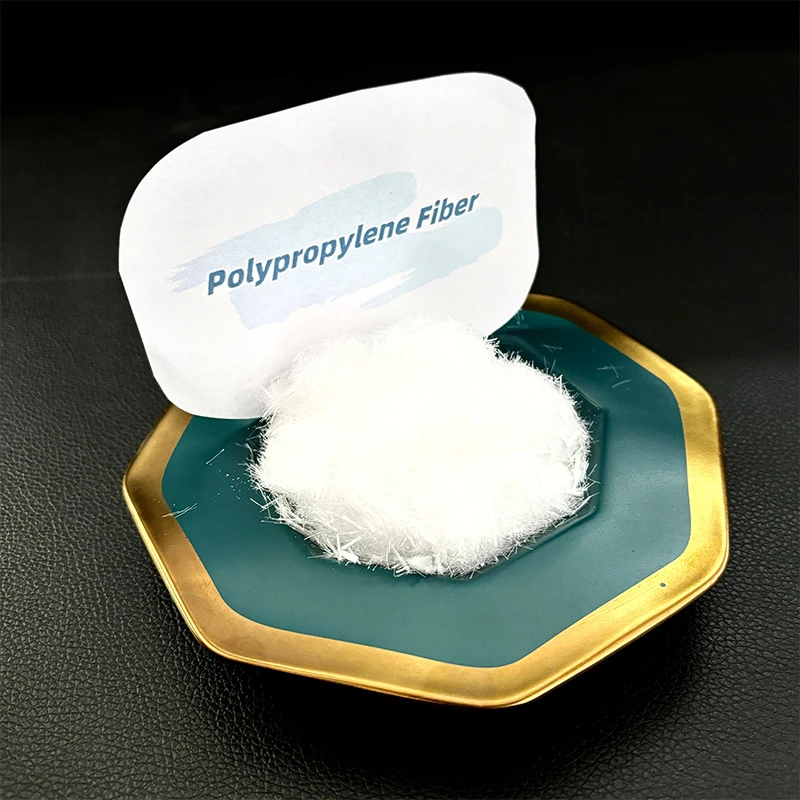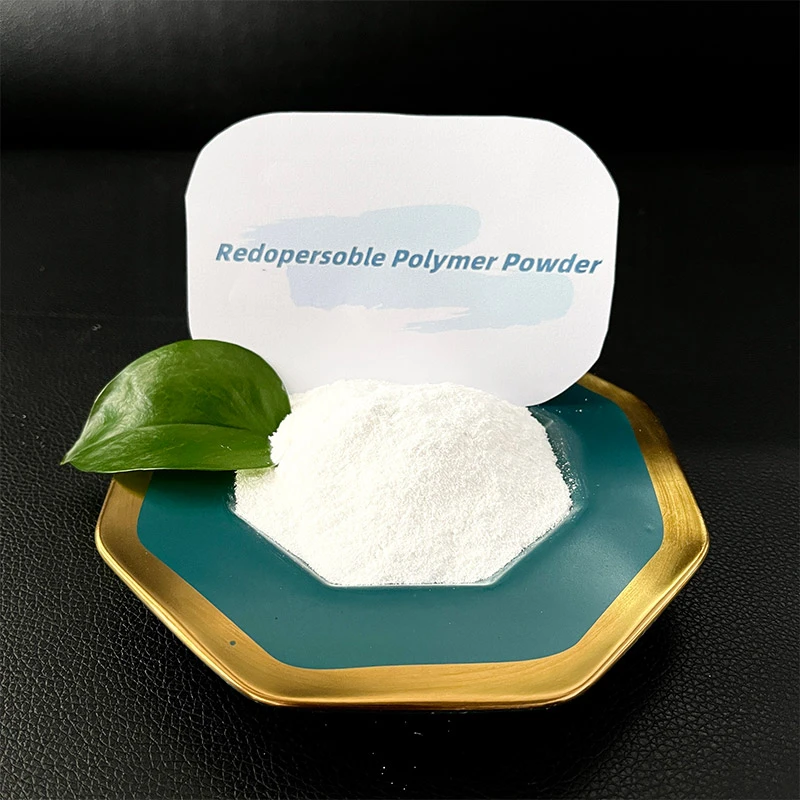
-

Add: HeBei ShengShi HongBang Cellulose Technology CO.,LTD.
-

Email
13180486930@163.com -

CONTACT US
+86 13180486930

Key Roles of Gypsum Retarder in Construction
In the realm of construction, control over the setting time of plaster and gypsum-based materials is crucial for ensuring workability and structural integrity. Extra time plaster additive play pivotal roles in manipulating the curing process, allowing builders to achieve optimal results in various applications. This article explores the technical aspects, functionalities, and practical uses of these essential construction materials, highlighting their importance in modern building practices.
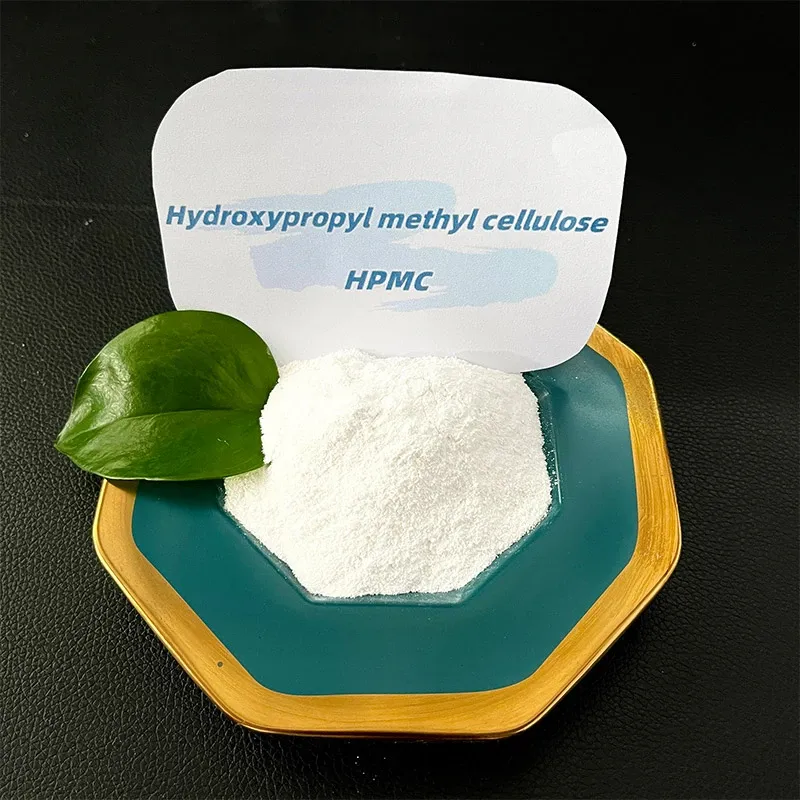
Mechanisms and Applications of Gypsum Retarders
Gypsum-based materials are widely used in construction due to their versatility, ease of application, and fire-resistant properties. However, their natural setting time can be too rapid for complex projects or large-scale installations, necessitating the use of gypsum retarder—a chemical additive that slows down the hydration process, extending working time without compromising final strength. These retarders inhibit the nucleation and growth of gypsum crystals by adsorbing onto the surface of calcium sulfate dihydrate, delaying the formation of a rigid crystalline network.
In commercial applications, gypsum retarder proves indispensable in precast gypsum component manufacturing, where control over setting time is essential for mold release and dimensional accuracy. For instance, in the production of gypsum wall panels, a carefully calibrated dosage of retarder ensures uniform curing across large batches, reducing waste and improving production efficiency. Additionally, in restoration projects involving historic plasterwork, gypsum retarder allows conservators to replicate traditional mixing techniques while maintaining the workability needed for intricate repairs.
Extra Time Plaster Additive How Gypsum Retarders Prolong Setting Time
Extra time plaster additive is a specialized formulation designed to provide extended working time for plaster mixes, especially in environments where high temperatures, low humidity, or large surface areas might accelerate drying. By incorporating this additive, contractors mitigate issues such as poor adhesion, cracking, and uneven finishes, ensuring the plaster remains malleable for application.
The additive’s unique blend of retarders, surfactants, and stabilizers not only delays the initial set but also enhances the thixotropic properties of the mix, allowing it to maintain a consistent viscosity throughout the construction process. This is particularly advantageous in high-rise buildings, where plastering vertical facades requires a prolonged working time to ensure uniform coverage and seamless transitions between sections. In renovation projects with irregular substrates, extra time plaster additive enables better adaptation to complex geometries, minimizing the need for rework and improving overall project efficiency.
Cream of Tartar Plaster Retarder A Natural Solution
Cream of tartar plaster retarder, derived from potassium bitartrate—a byproduct of winemaking—offers a natural, eco-friendly alternative to synthetic retarders, making it ideal for sustainable construction projects. Its organic composition ensures minimal impact on indoor air quality and aligns with sustainable building principles that prioritize low-emission materials.
The active component in cream of tartar plaster retarder, acts as a chelating agent, forming stable complexes with calcium ions in the gypsum matrix. This mechanism retards the precipitation of calcium sulfate dihydrate crystals, extending the setting time without compromising the final compressive strength. This retarder is particularly suited for decorative plastering applications, where intricate moldings and detailed finishes require careful manipulation. In residential settings, its non-toxic nature makes it a safe choice for bathrooms and kitchens, where moisture resistance and material durability are paramount.
Practical Applications and Benefits of Gypsum Retarders
The strategic use of extra time plaster additive delivers tangible benefits across diverse construction scenarios. These materials enhance workability, allowing crews to handle large volumes of plaster without rushing, which is critical for maintaining safety and productivity on busy job sites. Longer setting times also facilitate better quality control, as workers can refine surfaces to achieve smooth, defect-free finishes.
In industrial applications, such as the production of gypsum-based floor underlayments, gypsum retarder ensures consistent performance across different batches, even when raw material properties vary slightly. For outdoor plastering in arid climates, extra time plaster additive combats rapid evaporation, preventing surface crusting and ensuring proper hydration deep within the material matrix. Meanwhile, cream of tartar plaster retarder finds niche use in heritage restoration projects, where compatibility with historic gypsum formulations and environmental sustainability are essential.
Beyond technical advantages, these retarders contribute to cost efficiency by reducing waste from prematurely set materials and minimizing rework. Their versatility across structural and decorative applications makes them essential components in modern construction, where adaptability to project-specific challenges is key to success.
Gypsum Retarder FAQs
What is the primary function of a gypsum retarder in construction?
A gypsum retarder slows down gypsum hydration, extending the working time of plaster mixes to facilitate effective application in complex or large-scale projects without compromising material strength or durability. This allows for precise placement, detailed finishing, and better adaptation to challenging environmental conditions.
How does extra time plaster additive differ from traditional retarders?
Extra time plaster additive is a specialized blend designed to extend working time while enhancing mix thixotropy and stability. Unlike traditional retarders, it includes surfactants and stabilizers that maintain consistent viscosity, making it ideal for high-temperature environments or applications requiring prolonged plasticity, such as large vertical surfaces or intricate detailing.
Can cream of tartar plaster retarder be used in outdoor applications?
Yes, cream of tartar plaster retarder is suitable for outdoor use. Its natural composition and effectiveness in retarding gypsum hydration make it a viable choice for exterior plasters, provided the dosage is adjusted to account for environmental factors like temperature and humidity. It offers reliable performance while aligning with sustainable building practices.
What factors should be considered when choosing a gypsum retarders?
Key considerations include the type of gypsum formulation, desired setting time extension, environmental conditions (temperature, humidity, exposure to moisture), and project requirements (decorative vs. structural, sustainability goals). For example, cream of tartar plaster retarder is ideal for natural and heritage projects, while synthetic gypsum retarders may be preferred for industrial applications requiring extreme setting time control.
How does the dosage of extra time plaster additive affect the setting time?
Dosage directly influences setting time retardation: higher concentrations of extra time plaster additive extend working time, but excessive use can lead to over-retardation, compromising early strength development. Following manufacturer guidelines is essential to achieve the optimal balance between workability and mechanical properties, ensuring the plaster cures correctly without delays in subsequent construction phases.
In modern construction, the ability to regulate the setting time of gypsum-based materials is a cornerstone of quality and efficiency. Extra time plaster additive offer technical solutions that address the challenges of diverse project environments, while cream of tartar plaster retarder provides a sustainable alternative for eco-conscious applications. By understanding their mechanisms, benefits, and practical uses, construction professionals can leverage these materials to enhance workability, improve finish quality, and promote sustainability. As the industry continues to evolve, these retarders remain essential tools for achieving precision and performance in plastering applications, ensuring that both structural integrity and environmental responsibility are upheld.
-
The Function of Polymer Powder in Thin-Bed MortarsNewsAug.25,2025
-
Polypropylene Fiber for Waterproofing MembranesNewsAug.25,2025
-
Starch Ether as a Thickener in Construction GroutsNewsAug.25,2025
-
Rubber Powder as a Sustainable Additive in GroutsNewsAug.25,2025
-
Gypsum Retarder Chemical Dosage and Its Precise EffectsNewsAug.25,2025
-
Using HPMC to Reduce Cracking in Cementitious ProductsNewsAug.25,2025
-
Wood-Based FibresNewsAug.20,2025







